universe
Latest
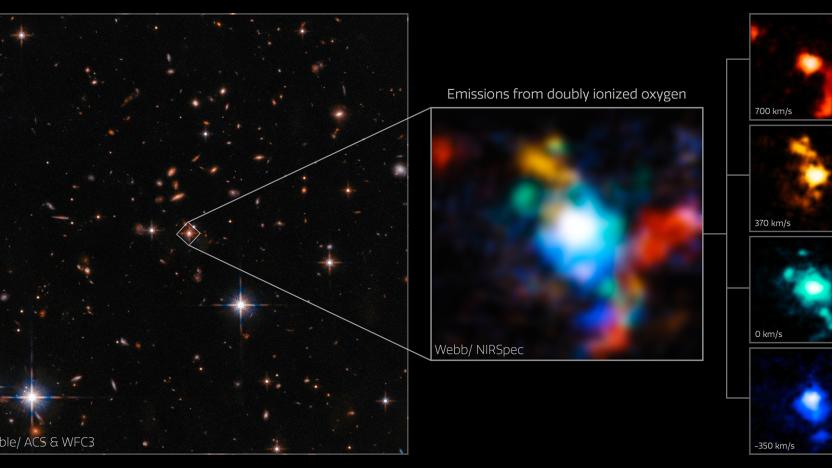
James Webb telescope captures 'knot' of galaxies in the early universe
A James Webb telescope image has unveiled a 'knot' of galaxies from 11.5 billion years ago.
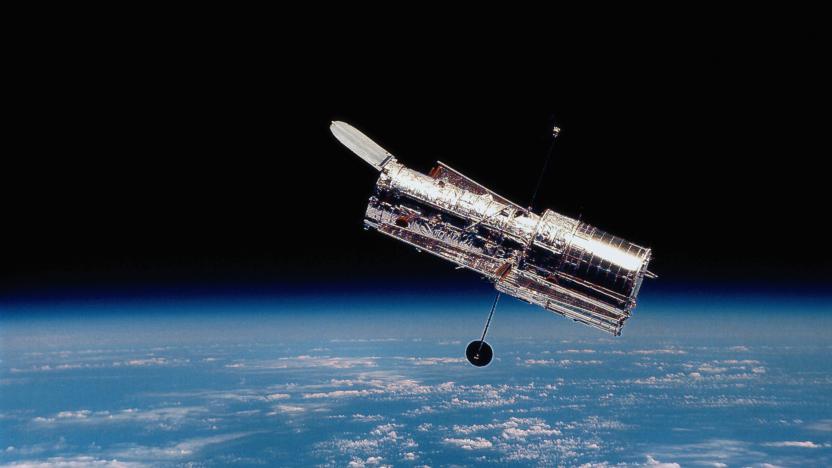
Hubble may have spotted the most distant star to date
The Hubble Space Telescope may have spotted the most distant star to date — 12.9 billion light-years away.
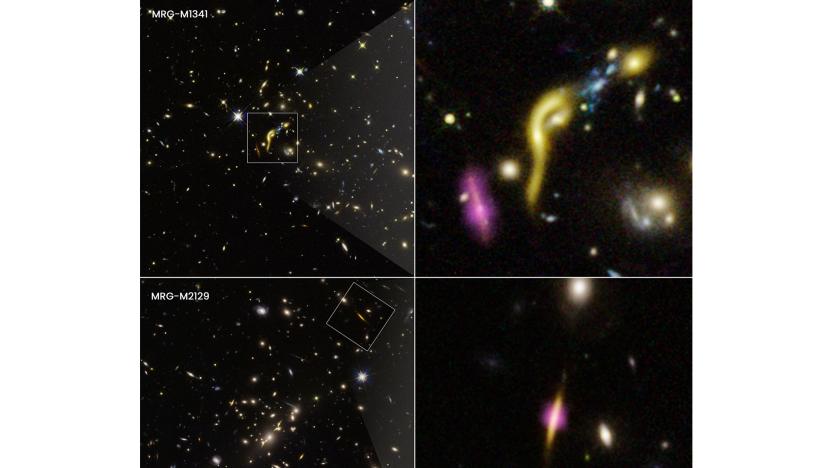
Hubble telescope helps find six 'dead' galaxies from the early universe
The Hubble telescope and ALMA have found six 'dead' early galaxies that stopped forming stars unusually quickly.
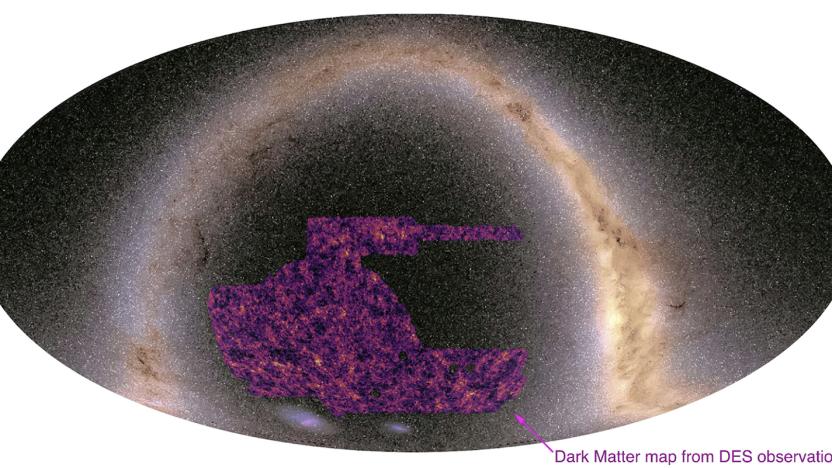
The best dark matter map to date raises questions about the universe
Scientists have released the most precise map of dark matter to date, but it only serves to highlight mysteries in the universe.

New AI supercomputer will help create the largest-ever 3D map of the universe
A new AI supercomputer, Perlmutter, is powerful enough that it will be used to help make the largest-ever 3D map of the universe.
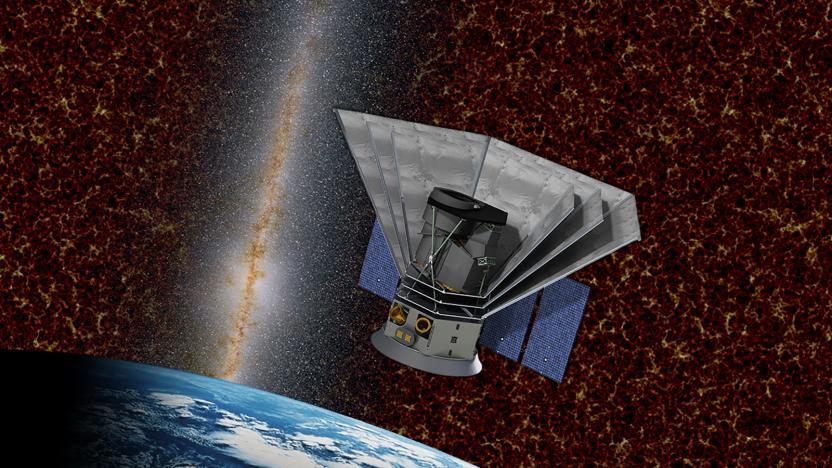
SpaceX will launch a NASA mission to study the history of the universe
NASA has chosen SpaceX to launch SPHEREx, a mission that will study the origins of the universe.
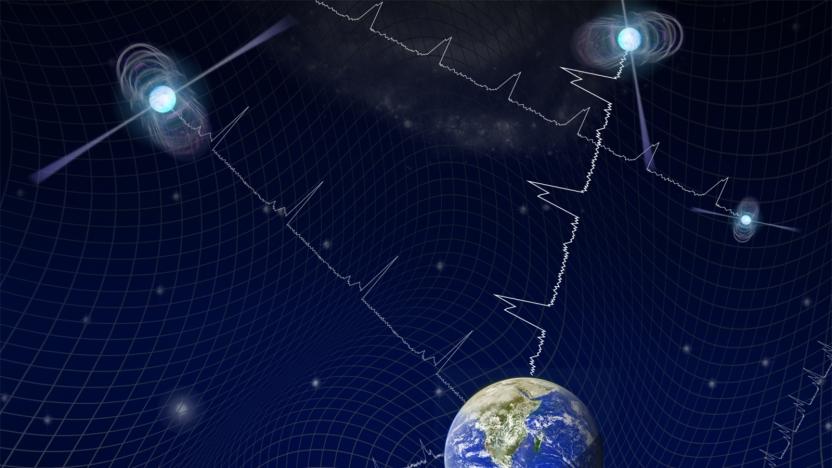
Scientists may have found the background ripples of the universe
Scientists have found a strong signal that might represent the universe's background gravitational waves.
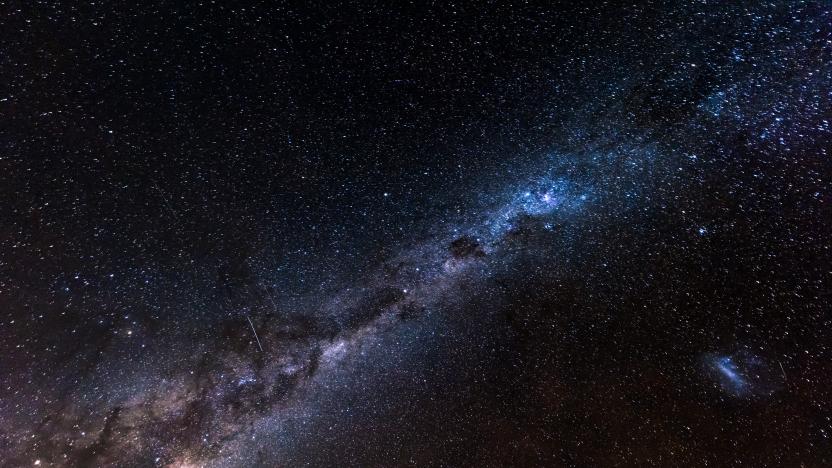
Scientists find the universe's 'missing matter' using mysterious cosmic bursts
One of astrophysics' longest-running mysteries has been solved.

Astronomers observe the brightest supernova on record
In 2016, astronomers spotted the brightest supernova ever observed. They watched as the supernova, named SN2016aps, continued to emit radiation for more than 1,000 days.

Discovery shows early galaxies could have very short lives
You'd think that galaxies from the young universe would still be thriving, but that's not necessarily the case. Researchers at the Niels Bohr Institute and the National Observatory of Japan have discovered the farthest known dying galaxy (that is, with greatly suppressed star formation) known to date at about 12 billion light-years away. In other words, it was already waning roughly 1.5 billion years after the Big Bang -- the first galaxies had come into being about a billion years earlier. The team used a combination of Keck telescope systems and the Very Large Telescope to measure the motion of stars and learn that the galaxy's core was nearly fully formed.

Scientists confirm that plasma ‘sloshes’ around in galaxy clusters
For the first time, scientists have observed signs of plasma "flowing, splashing and sloshing" in a galaxy cluster. This kind of motion has been predicted, but it was only theoretical. Now, with data on how the plasma moves, researchers hope to discover how galaxy clusters, the largest systems in the Universe, form, evolve and behave. Their findings have been published in the journal Astronomy & Astrophysics.

Supercomputer creates millions of virtual universes
How do you understand the development of galaxies when even the younger examples are frequently billions of years old? Simulate as many universes as you can, apparently. Researchers at the University of Arizona have used the school's Ocelote supercomputer as a "UniverseMachine" that generates millions of mini universes to see how well they line up with the real cosmos. Rather than try to portray every nuance of the whole universe (even a single fully modeled galaxy would require far too much computing power), the team devised a system that had just enough resolution to scale from supernovae to a "sizeable chunk" of observed space. Each virtual universe had a different set of rules, and it was largely a matter of seeing which simulations lined up the closest with real data.
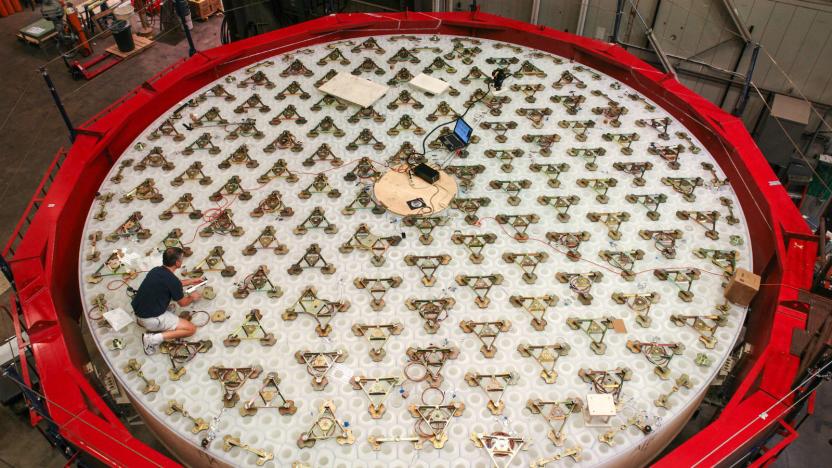
The world’s largest telescope is one step closer to completion
The world's largest telescope is one step closer to completion. This month, the team working on the Giant Magellan Telescope (GMT) completed the second of seven primary mirror segments, a process that began in January 2012.

Scientists think some supermassive black holes didn’t start as stars
Despite the fact that scientists now have a real image of a supermassive black hole, they still have plenty of questions about the objects. Now, astrophysicists at Western University may have a new explanation for how some black holes formed. In research published in The Astrophysical Journal Letters today, Shantanu Basu and Arpan Das suggest that not all black holes emerge from star remnants. Their model may help scientists explain the formation of extremely massive black holes at a very early stage of the universe's development.

NASA finally found evidence of the universe's earliest molecule
Scientists have long suspected that, around 100,000 years after the big bang, helium and hydrogen combined to form the first molecule, helium hydride. That helped the universe begin to cool and led to the formation of stars. But, despite decades of searching, scientists could never locate helium hydride in space -- until now.
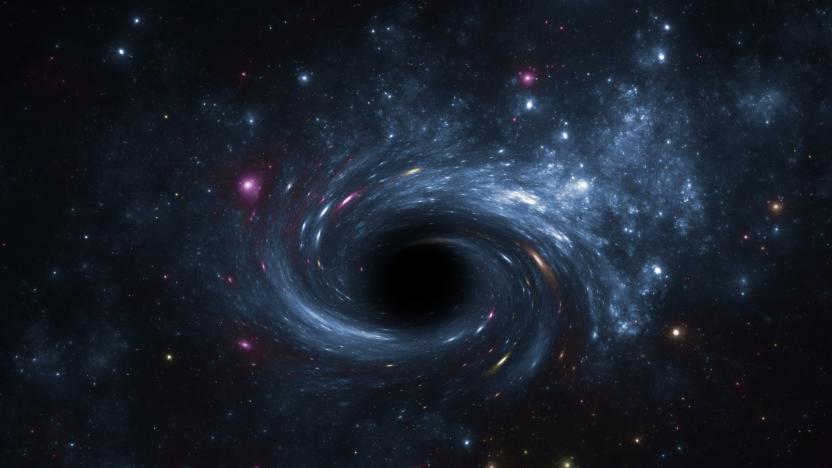
Watch the first ever image of a black hole be livestreamed here
What does a black hole look like? Black, probably. And big. That sounds pretty vague, but as the gravitational forces of a black hole are so strong even light is overpowered by them, we've never had a comprehensive image of one before. Until now. Today, scientists from six cities around the world will unveil the first ever image of a black hole -- called Sagittarius A* -- and you can watch the historic announcement live online. (Update: the image has been released. Check it out here!)
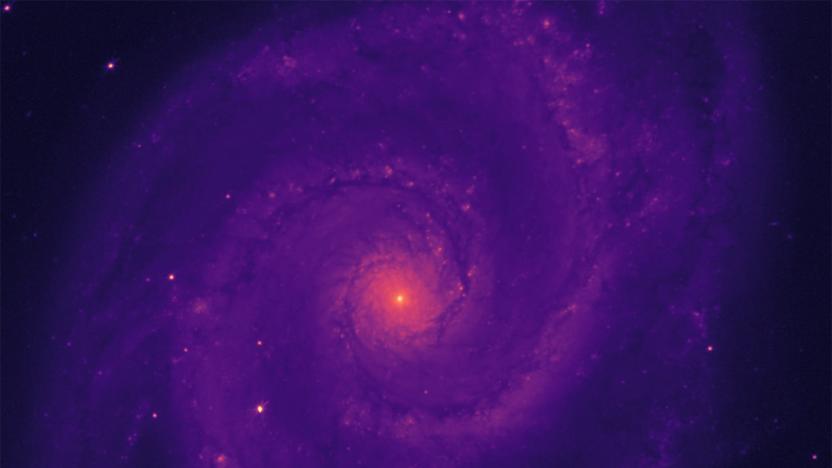
Dark Energy Spectroscopic Instrument lenses get their first look at space
Scientists are one step closer to precisely 3D mapping the galaxy and better understanding dark energy. For years, a team of more than 70 international organizations have been building the Dark Energy Spectroscopic Instrument (DESI), which will allow us to see the sky in a way we never have before. Earlier this week, DESI reached a "first light" milestone when scientists produced the first focused images with the instrument's precision lenses. The images show the Whirlpool Galaxy -- an estimated 23 million light years from Earth.

Scientists more accurately gauge the brightness of the universe
You'd think that it would be virtually impossible to determine the collective brightness of the observable universe, but a team of scientists has come surprisingly close. They've completed the most accurate measurement of the universe's light to date using both reams of Fermi Space Telescope gamma ray data and some unusual tricks. They searched for the background light of the universe by studying data from over 700 blazars, or black hole gamma ray bursts pointed directly at Earth. They noticed that the blazars indicate the brightness of the background light between galaxies as they cut through it. And when it takes billions of years for those gamma rays to reach human eyes, you can gauge the light levels for large portions of the universe's past -- 90 percent of its history, researcher Alberto Dominguez told Popular Science.

Stephen Hawking’s last paper has been published on multiverse theory
The last paper Stephen Hawking wrote before he died has now been published in the Journal of High Energy Physics. Though some version of the paper has been available on the preprint site arXiv since last year, it was submitted to the journal for review just days before Hawking passed, and it deals with some theoretical physics about the many universes that might have been created by the Big Bang.

This galaxy without dark matter is bending the rules of space
The complexities of space are pretty mind-boggling, but there are a handful of accepted theories on which scientists base their research. Space is a vacuum, for example, while a light-year is about 5.88 trillion miles. So researchers at Yale University were understandably shocked when they discovered that one long-held theory might not be right. For years, science has assumed galaxies and dark matter go hand in hand. Now, a galaxy has been discovered that's almost completely devoid of it.



